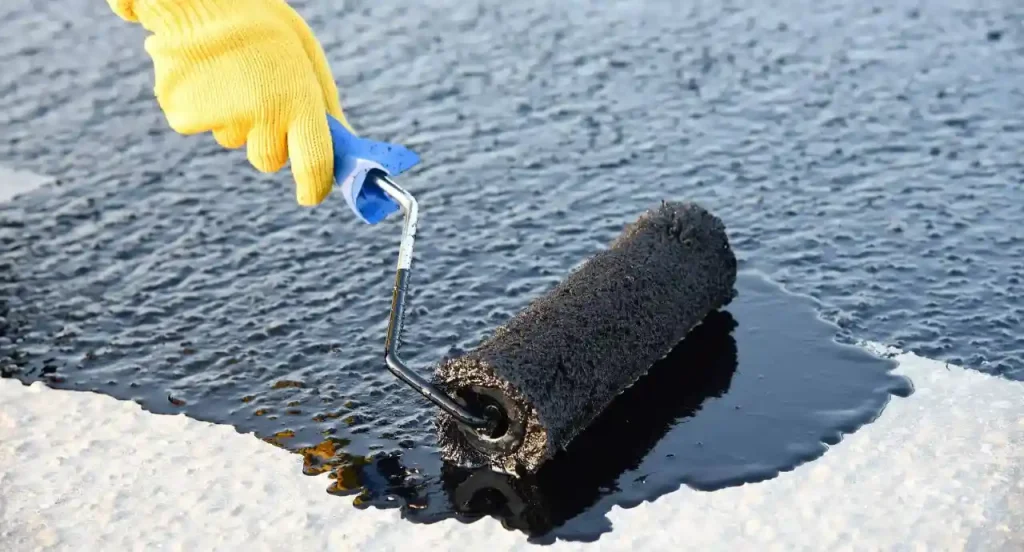
Applying bitumen involves several key steps depending on the purpose (e.g., road construction, waterproofing, or roofing). Here’s a general guide for road construction, which is the most common application:
1. Surface Preparation
• Clean the surface: Remove dust, dirt, moisture, and debris.
• Repair potholes or cracks before applying bitumen.
• Level the surface if needed, especially for base or binder courses.
2. Prime Coat (Optional)
• Used on granular base (like WMM) before applying the first bituminous layer.
• Apply bitumen emulsion or cutback bitumen.
• Allow time for curing (typically 24 hours).
3. Tack Coat
• Applied between layers (e.g., base to binder or binder to wearing course).
• Bitumen emulsion (usually RS-1 or SS-1) is sprayed in a thin layer.
• Typical application rate: 0.25 – 0.75 kg/m².
4. Mixing
• Heat aggregate and bitumen 60/70 to appropriate temperatures (140°C to 170°C).
• Use a hot mix plant or batch plant to mix them thoroughly.
5. Laying
• Transport the hot mix to the site quickly.
• Use a paver machine for even and uniform laying.
• Layer thickness depends on the design (typically 25–100 mm per layer).
6. Compaction
• Roll immediately after laying with rollers:
• Vibratory roller for base
• Pneumatic tyred roller
• Tandem roller for surface finish
• Achieve maximum density and avoid air voids.
7. Curing & Opening to Traffic
• Allow the road to cool and cure.
• Usually opened to traffic after 24 hours or once it reaches ambient temperature.
Let me know if you’re applying bitumen for a different purpose (like waterproofing roofs, sealing cracks, or manufacturing). I can tailor the process for that too.